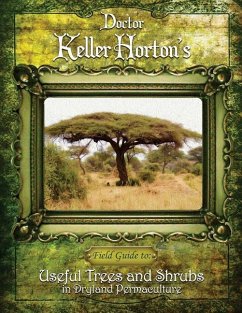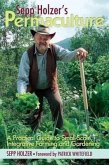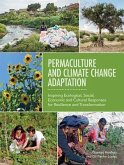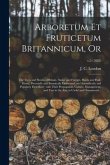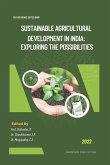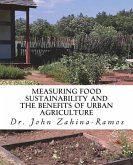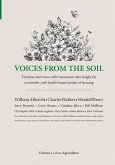The reason I wrote this book is simple. There are so many of us in permaculture who still have trouble remembering which leaves, seeds, seed pods, flowers, and general tree shapes belong to some of the important Nitrogen Fixers and other trees that are often used in dryland permaculture. I also included several trees that most permaculture folks like to use due to their usefulness in producing foods, medicines, and for attracting beneficial insects. For those of you who don't yet know, a Nitrogen Fixer is a tree or plant that has little nodules on its roots that house a very wonderful type of bacteria. This bacteria actually converts the Nitrogen from our air into deep, ground-penetrating fertilizer, and the leaves of these plants and trees are also an excellent source of high nitrogen fertilizer! Imagine what these wonderful plants can do for any soil that has become completely dead and useless. Their use is one of the cornerstones of permaculture. When used correctly, the Nitrogen Fixers and other trees in this book will provide nutrients and shade for a plethora of fruits, nuts and vegetables on your land. Another important factor I address in this book is whether or not your goats, sheep, or even pigs, can eat these plants in order to bring down the cost of feeding your animals. Furthermore, I wanted to inform the readers, in the quickest way possible, about the cold/heat hardiness, shade provision, and a few pertinent facts about their horticulture, food production and other uses in a farm setting. One last important item. I wanted this book to be eye catching and beautiful. I want your friends to pick it up and ask you questions about permaculture. When you design a permaculture site I want you to remember that you are creating a gorgeous food forest that pays homage to the millions of forests that our earth has created all on its own. It's our job to creatively follow the earth's design principles rather than fight against them. Thank you and enjoy.
Hinweis: Dieser Artikel kann nur an eine deutsche Lieferadresse ausgeliefert werden.
Hinweis: Dieser Artikel kann nur an eine deutsche Lieferadresse ausgeliefert werden.

